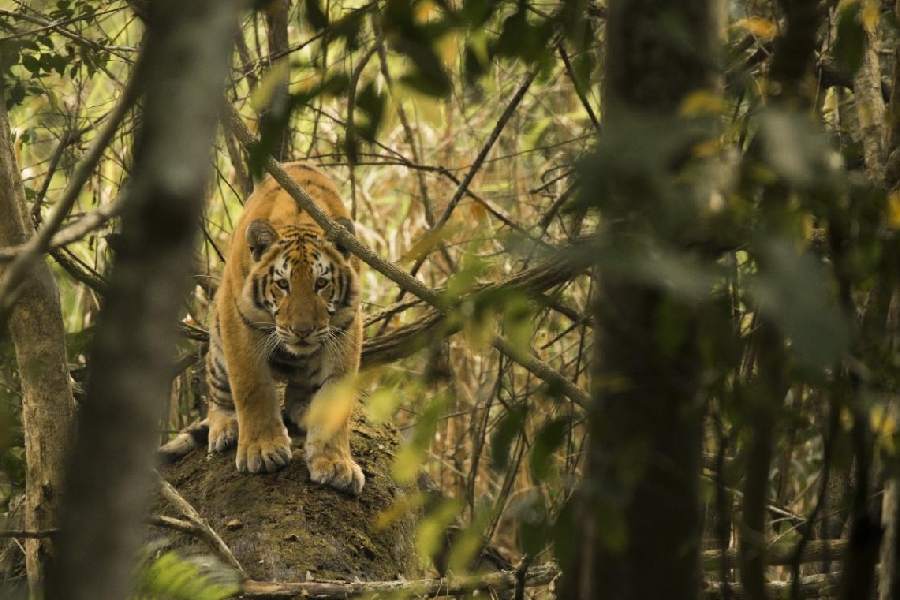The Kaziranga Tiger Reserve (KTR) now has the third highest tiger density in the world, according to the Status of Tigers in Kaziranga, 2024 report — a milestone attributed to “habitat expansion and protection”.
Part of the Kaziranga National Park and Tiger Reserve (KNP&TR), KTR has 18.65 tigers per 100sqkm. Bandipur Tiger Reserve in Karnataka (19.83) and Corbett National Park in Uttarakhand (19.56) hold the top two positions, the report released on Tuesday said. While Bandipur spans 1,456sqkm and Corbett 1,228sqkm, Kaziranga covers 1,307sqkm.
The tiger population in KTR rose from 104 in 2022 to 148 in 2024. In 1997, the park had just 80 tigers. “This growth is particularly notable due to first-time sampling in the Biswanath Wildlife Division, which recorded 27 tigers,” a KTR statement said. In the core Eastern Assam Wildlife Division, numbers rose from 104 in 2022 to 115 in 2024, while the Nagaon Division maintained a stable count of six.
“Based on statistically robust techniques, 148 adult tigers were identified across KTR’s three divisions — 83 females, 55 males and 10 with undetermined gender. We may infer Kaziranga now ranks third globally in tiger density,” said KTR director Sonali Ghosh.
Chief minister Himanta Biswa Sarma posted on X: “Assam is not just protecting tigers, it is reclaiming their kingdom… With expanded reserves and bold action against encroachment, the striped beasts continue to roam with pride.”
Protection for big cats
The increase has been driven by habitat expansion and protection, officials said. A 200sqkm area, including 12.82sqkm of encroachment-free land under the Burhachapori-Laokhowa sanctuaries, has been added under the Nagaon Division.
Tiger counts followed protocols using camera traps, drones, and infrared surveillance across 1,307.49sqkm between December 2023 and April 2024. Tools like M-STrIPES (Monitoring System for Tigers – Intensive Protection and Ecological Status) and electronic monitoring enhanced anti-poaching and tracking.
The growing tiger population reflects the overall health of the ecosystem, the KTR said, stressing the need for sustained conservation, community involvement and awareness.

